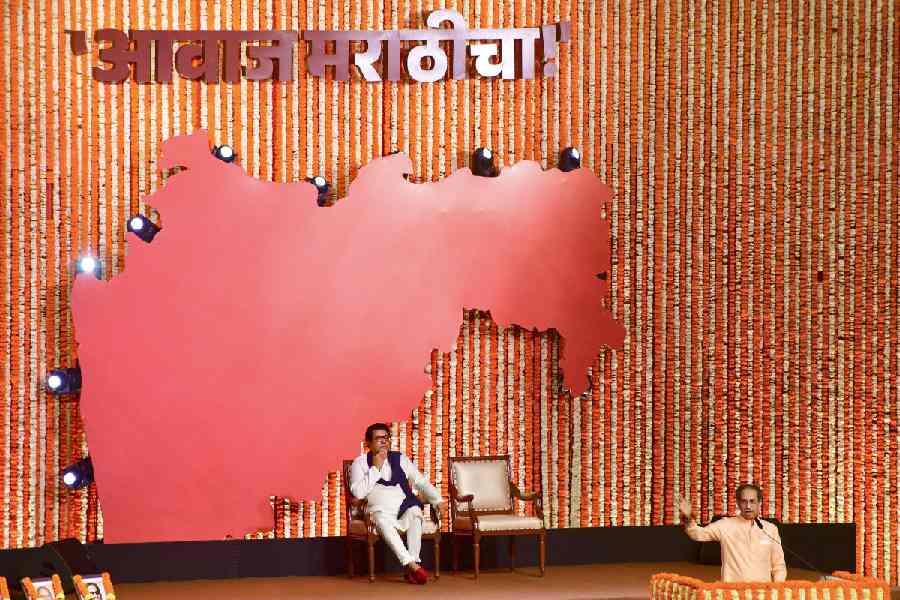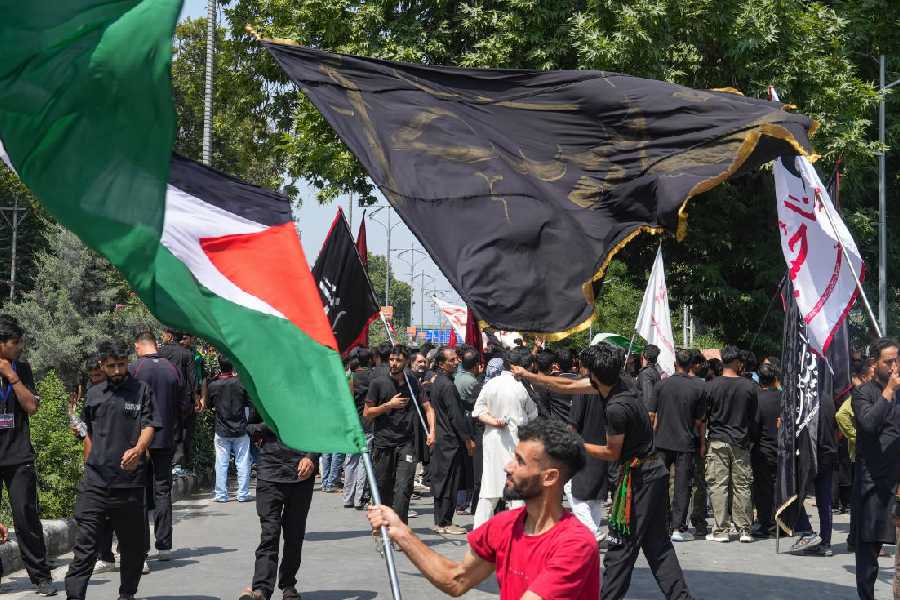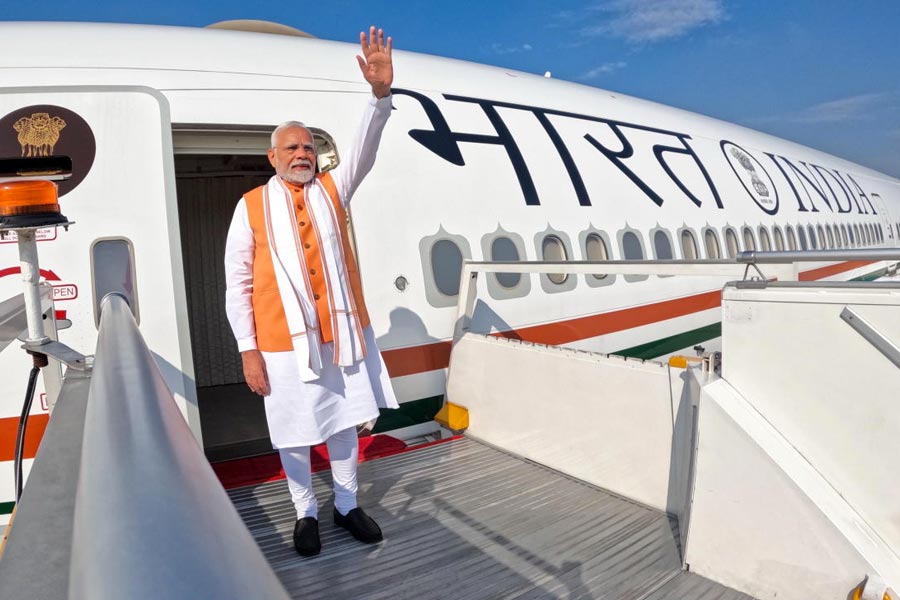 |
| The leopard after being released at the Nagaland Zoological Park on Saturday. Picture courtesey: WTI |
Jorhat, July 20: A male leopard, which was hand-raised at the Centre for Wildlife Rehabilitation and Conservation (CWRC) near Kaziranga National Park, was today shifted to Nagaland Zoological Park near Dimapur to a lifetime care facility.
The leopard was rescued from Doomdooma in Upper Assam in 2006 when it was a few months old.
Obed Swu, an official at Nagaland Zoological Park, said the park has a female leopard and efforts would be made for captive breeding. “We will keep both the leopards together,” he said.
The park official said the female leopard was rescued from a forest in Nagaland and shifted to the park nearly three years ago.
The zoological park is situated within the notified area of Rangapahar wildlife sanctuary and covers 176 hectares.
The park has nearly 150 animals, including Himalayan black bear, hoolock gibbon and jackals.
Swu said this was the first time an animal has been shifted from the CWRC to their facility. “We have brought a few sambar and spotted deer from Guwahati zoo a few years ago. But this is the first time that a leopard has been brought from CWRC,” he said.
Rathin Barman, a senior official of the Wildlife Trust of India, said hand-raised leopards become totally dependent on humans and cannot survive in the wild.
Hence, the animal was shifted to the zoological park. “The leopard was brought to the centre when it was just a few months old. It never acquired hunting skills which are vital for survival in the wild. So we have to shift it to a lifetime care facility,” he said.
He said that there were two more leopards, a male and a female, at the centre. “These will also be shifted to lifetime care facilities,” he added.
CWRC has been doing a commendable job since its inception in 2002.
The centre is the first such rescue and rehabilitation facility in the country near a protected area.
Apart from rescuing injured animals, especially during floods, International Fund for Animal Welfare-WTI, which runs the centre, has also been assisting the forest department and Bodoland Territorial Council authorities to repopulate Manas National Park with rhinos as part of Bringing Back Manas (to its former glory) initiative.
Several rhinos hand-raised at the centre have been shifted to Manas in the last few years.










